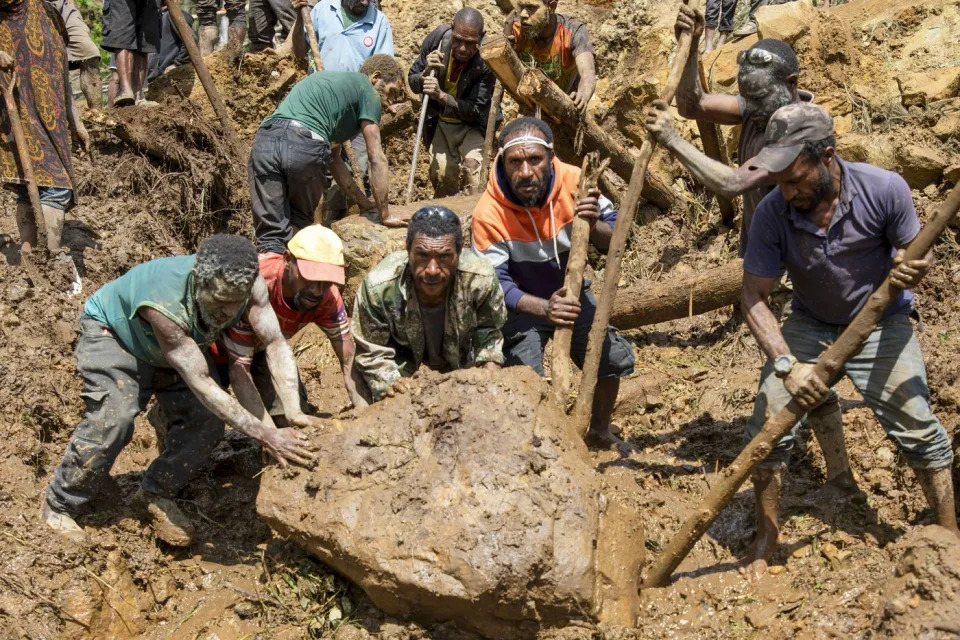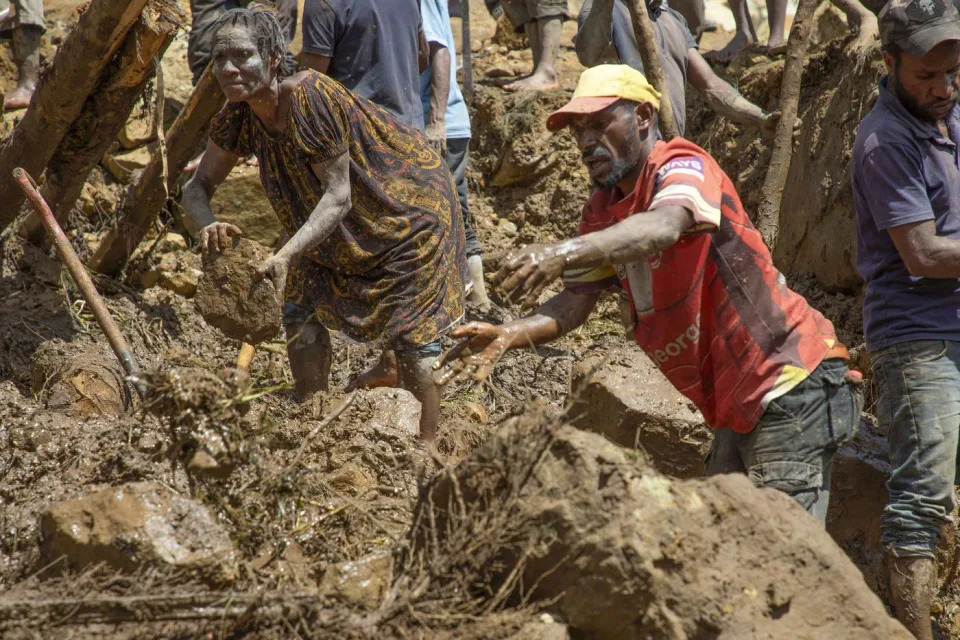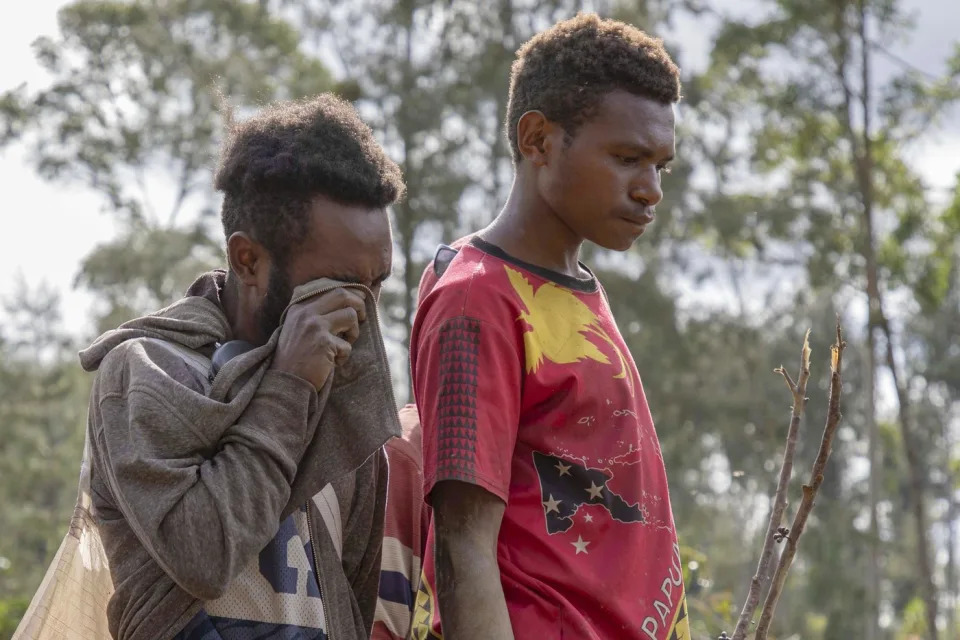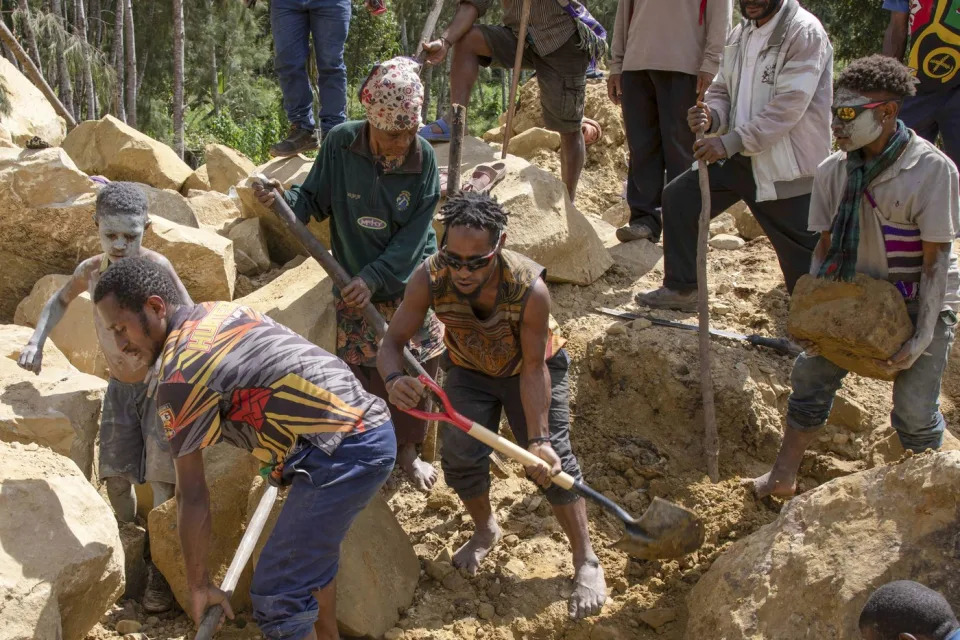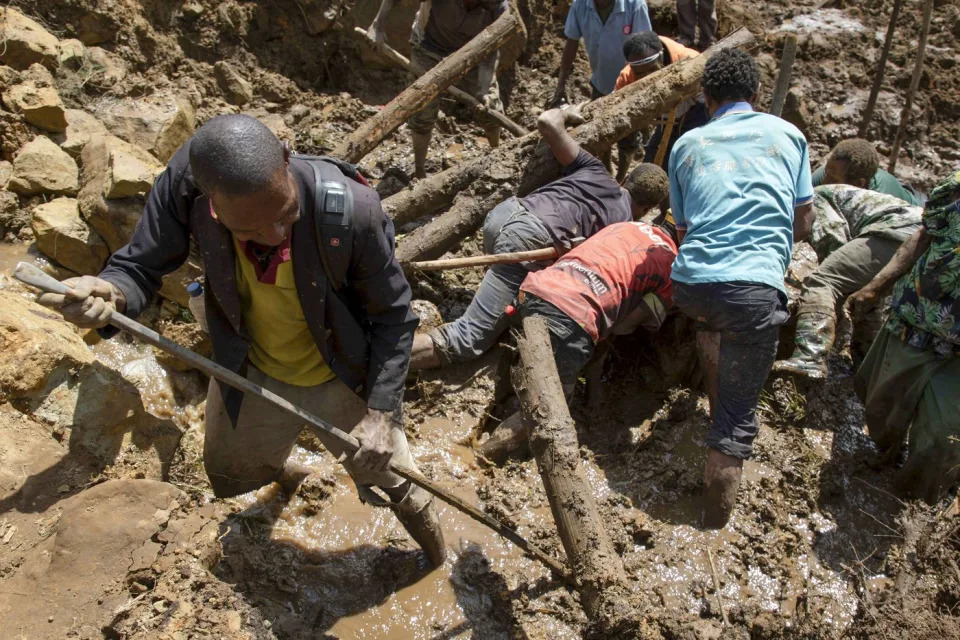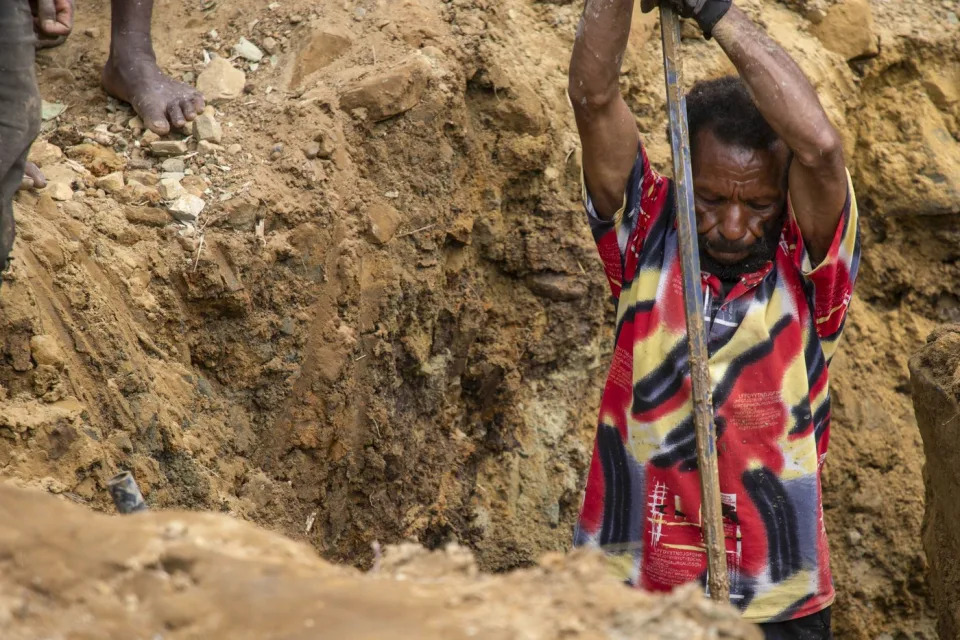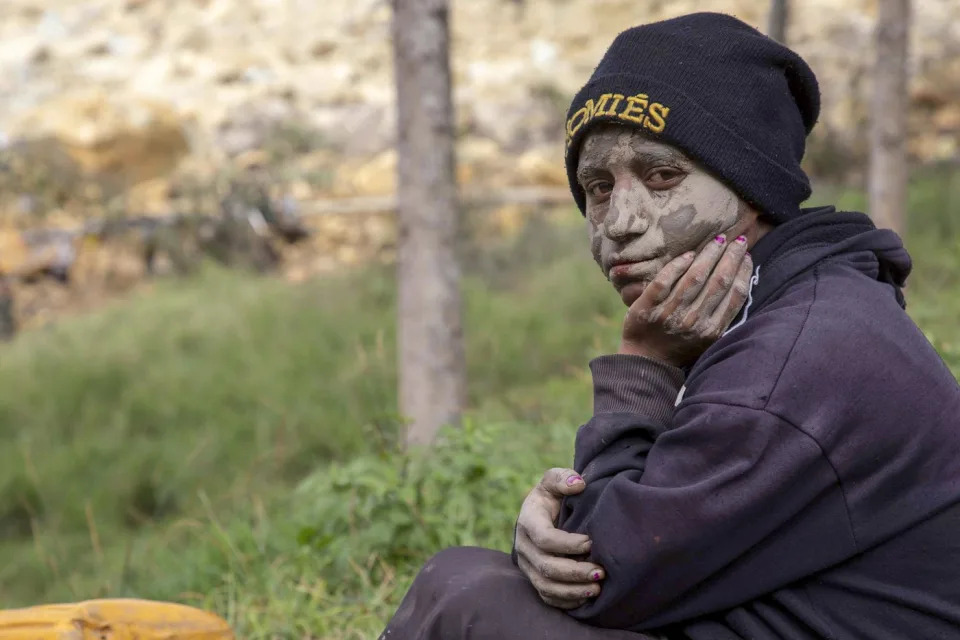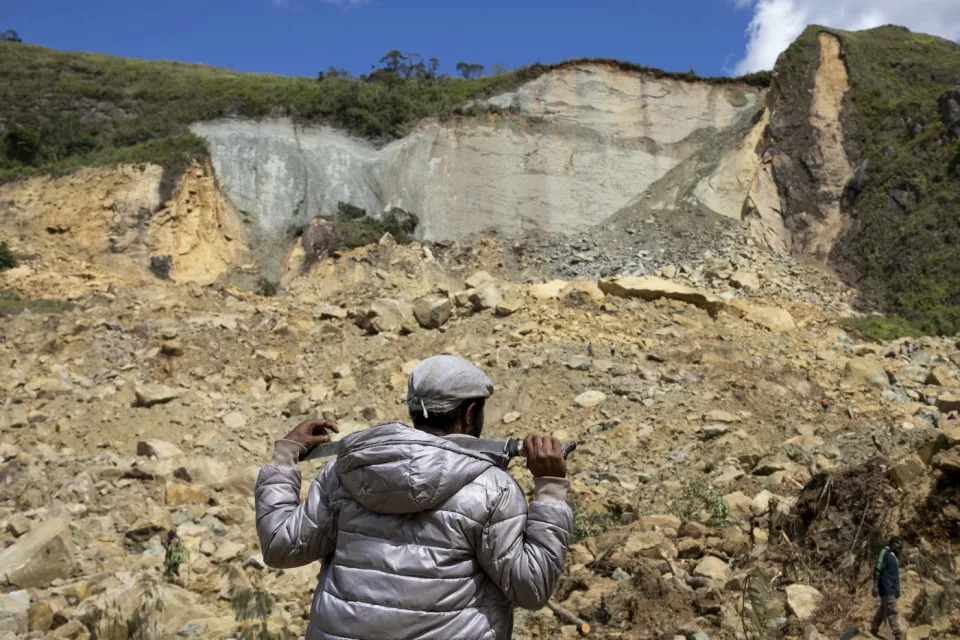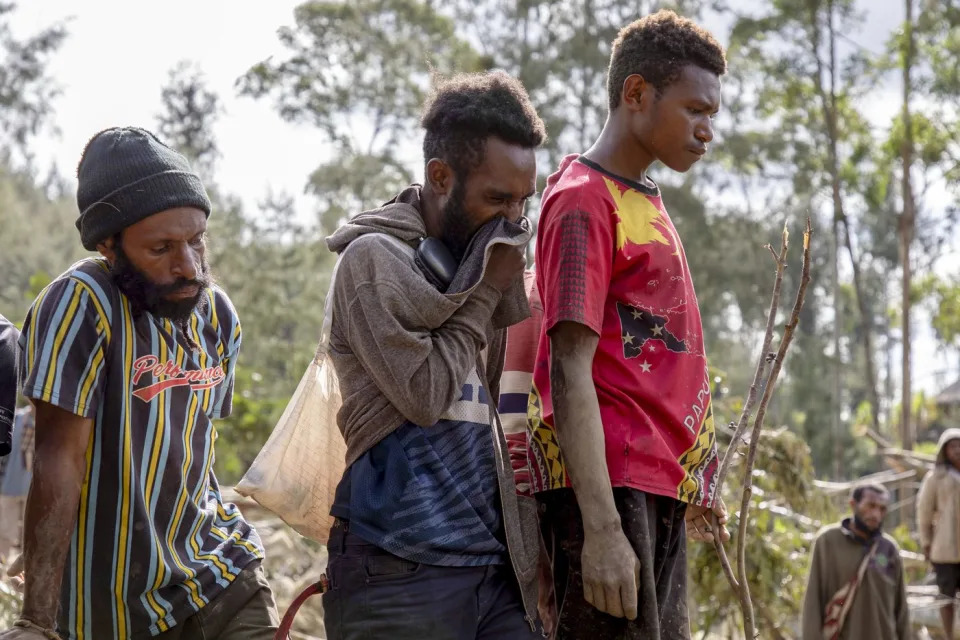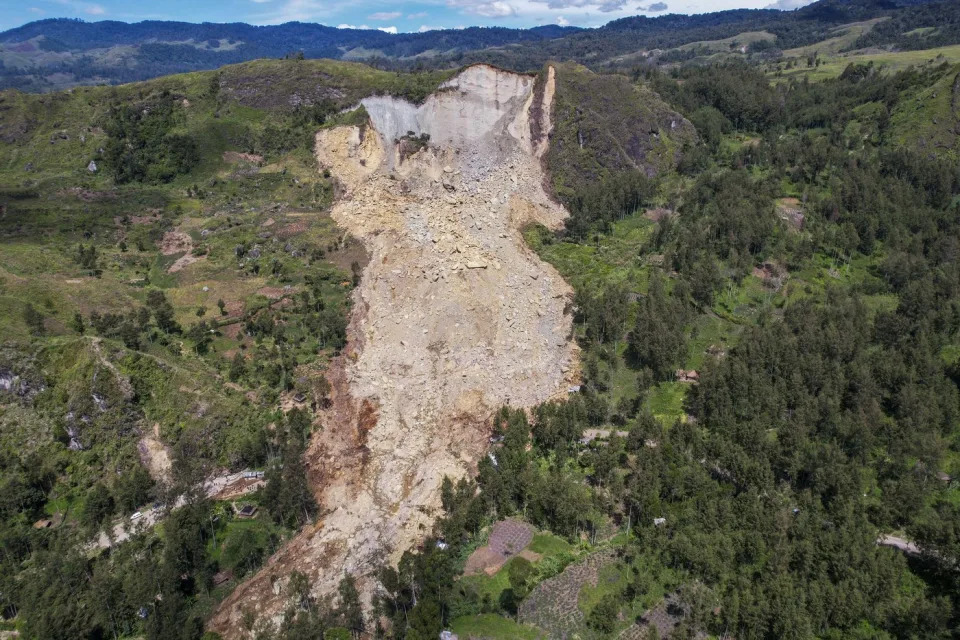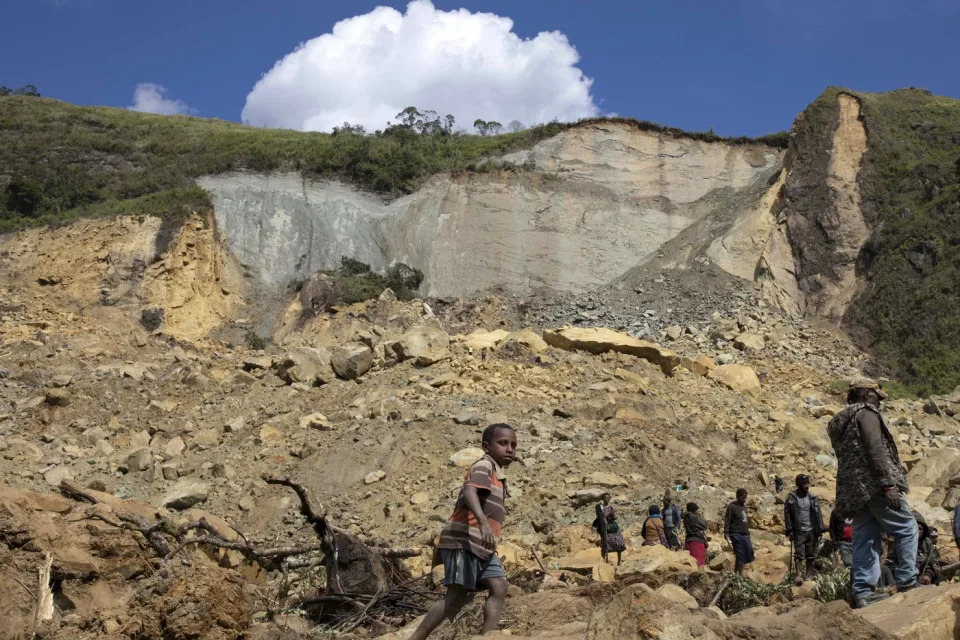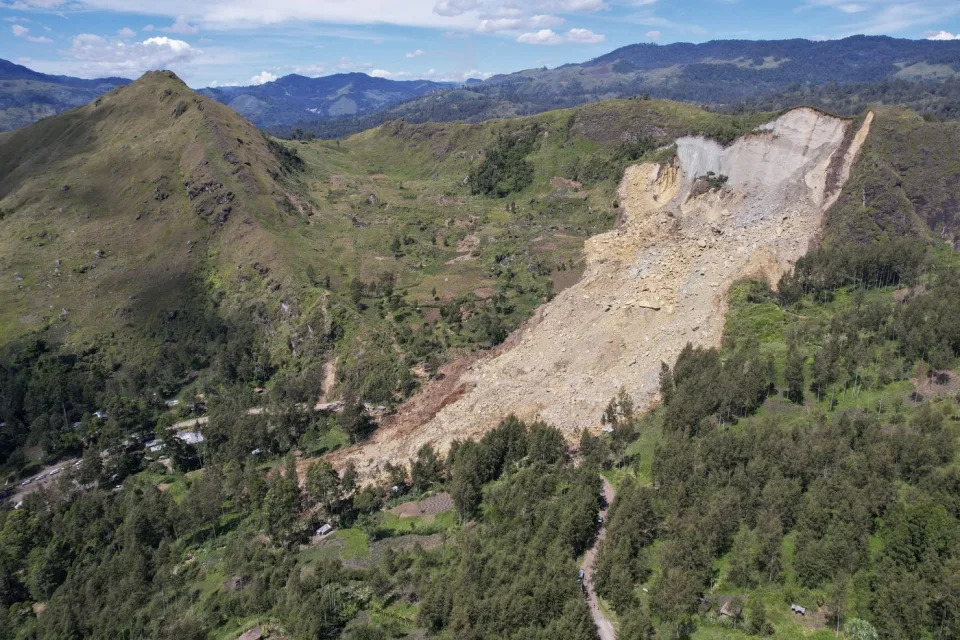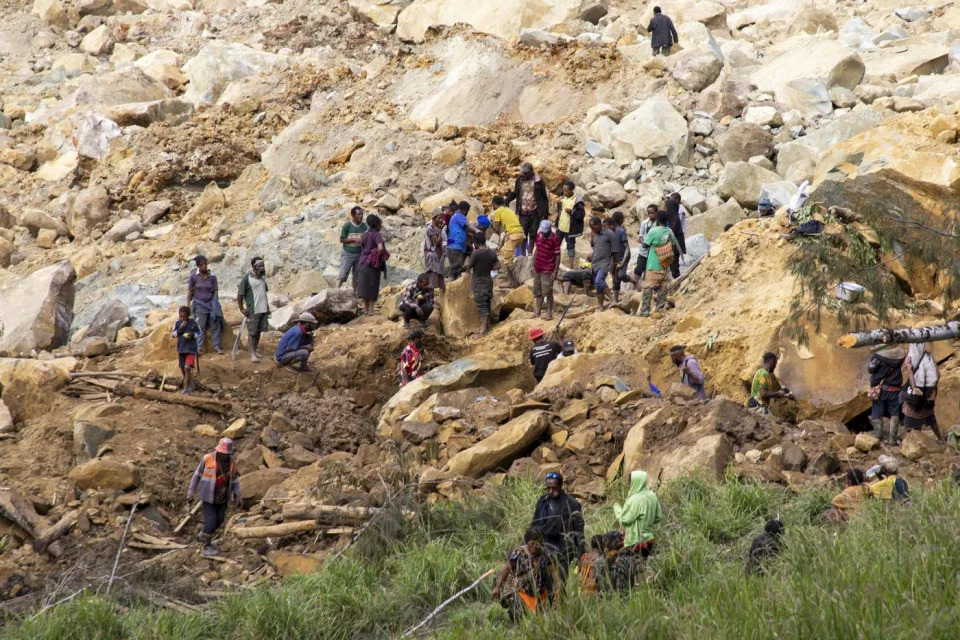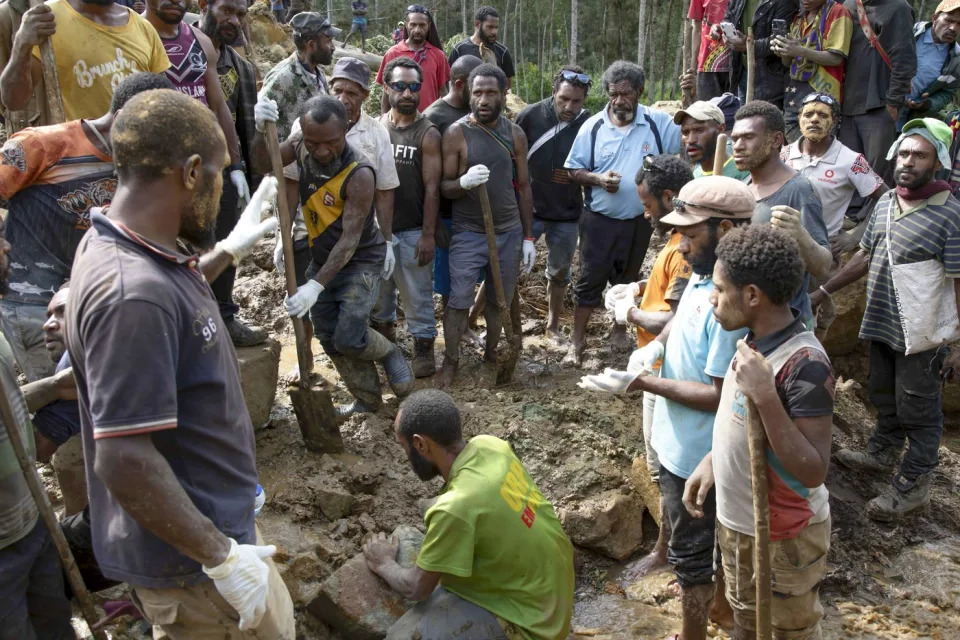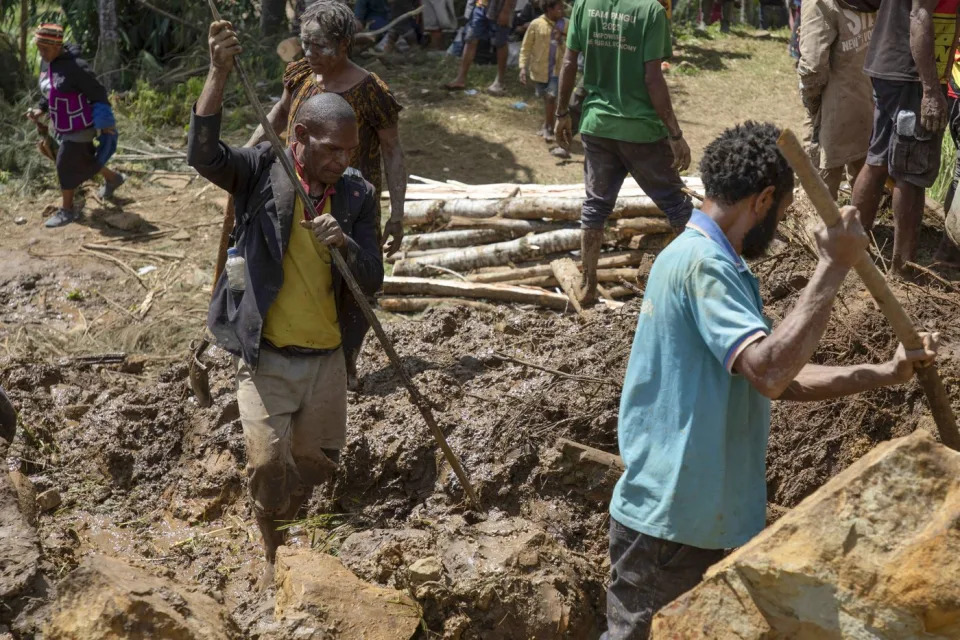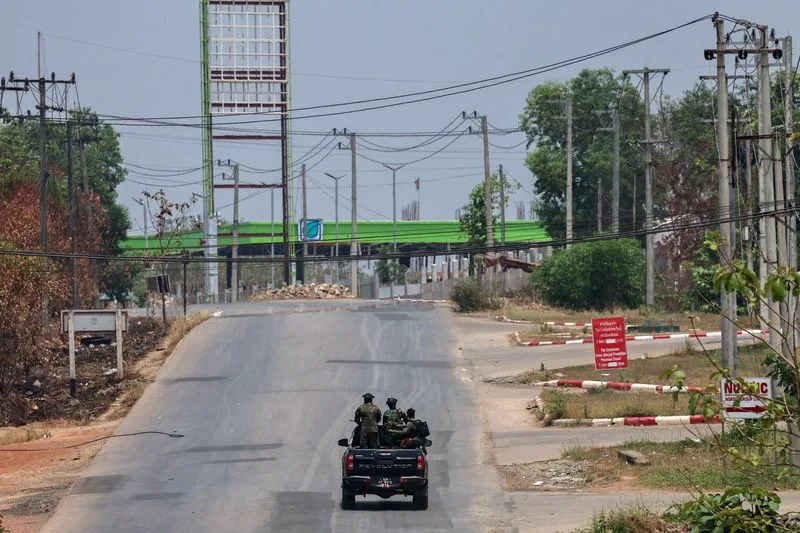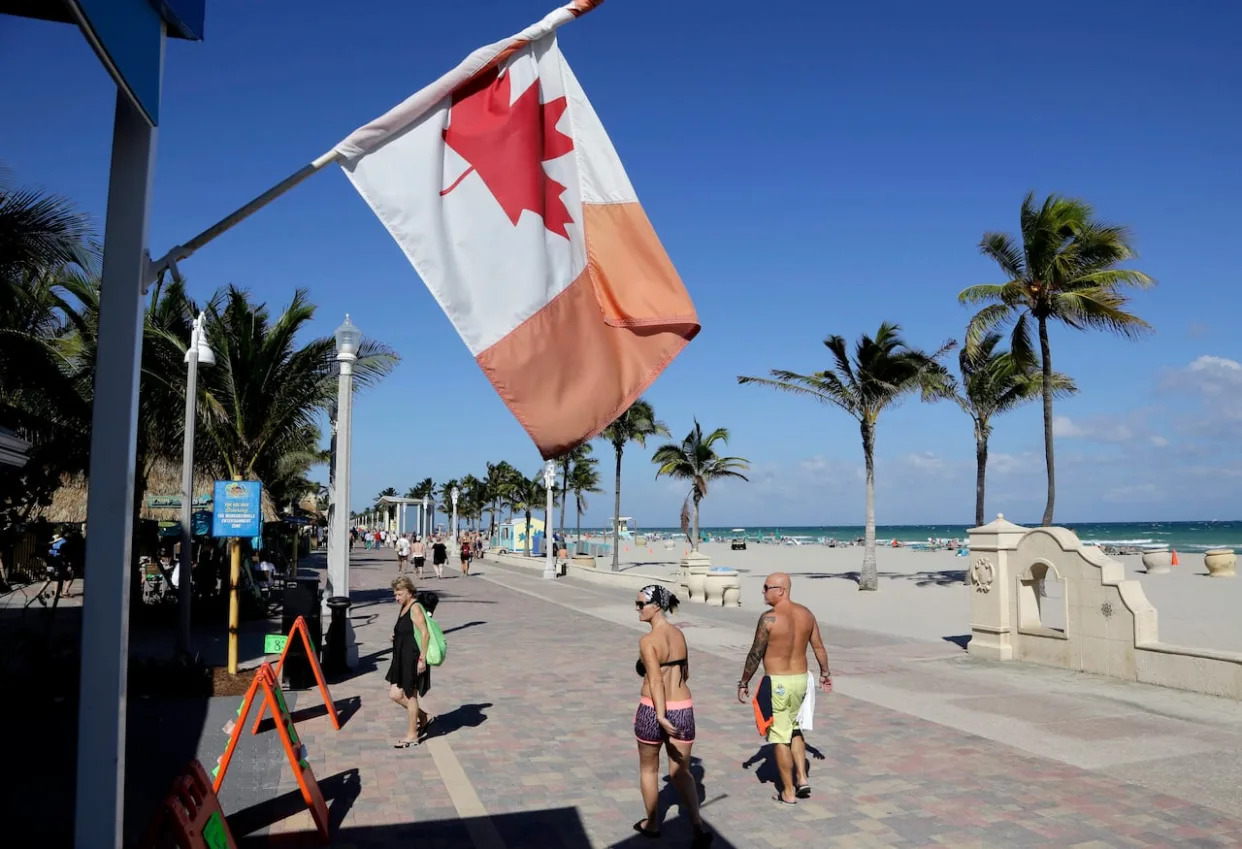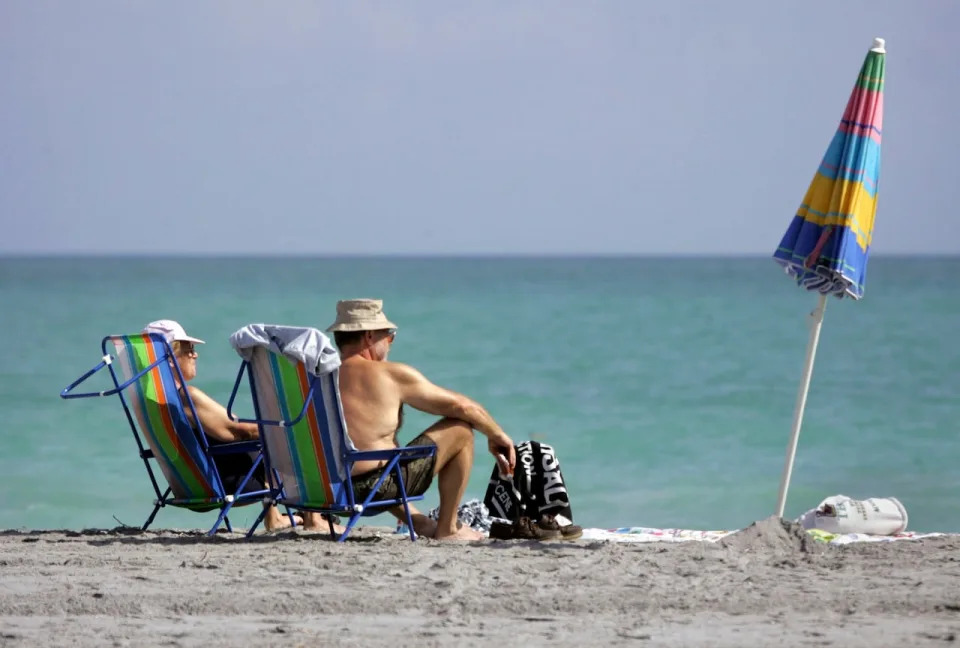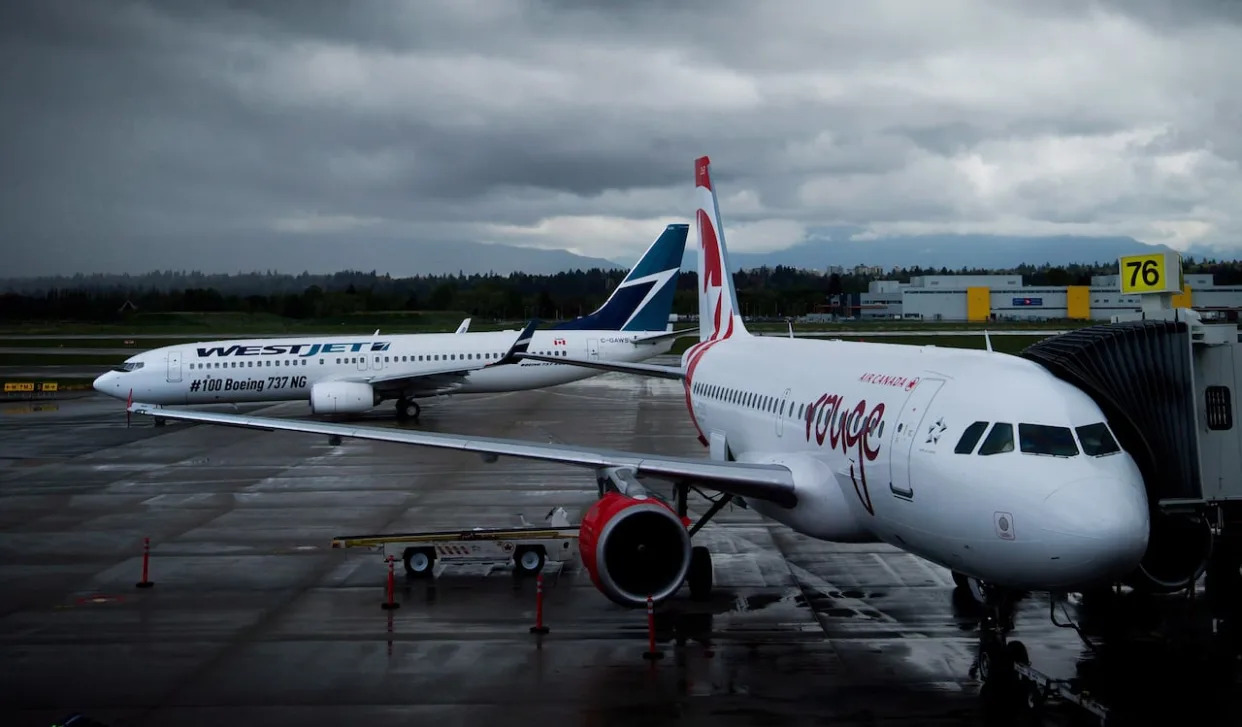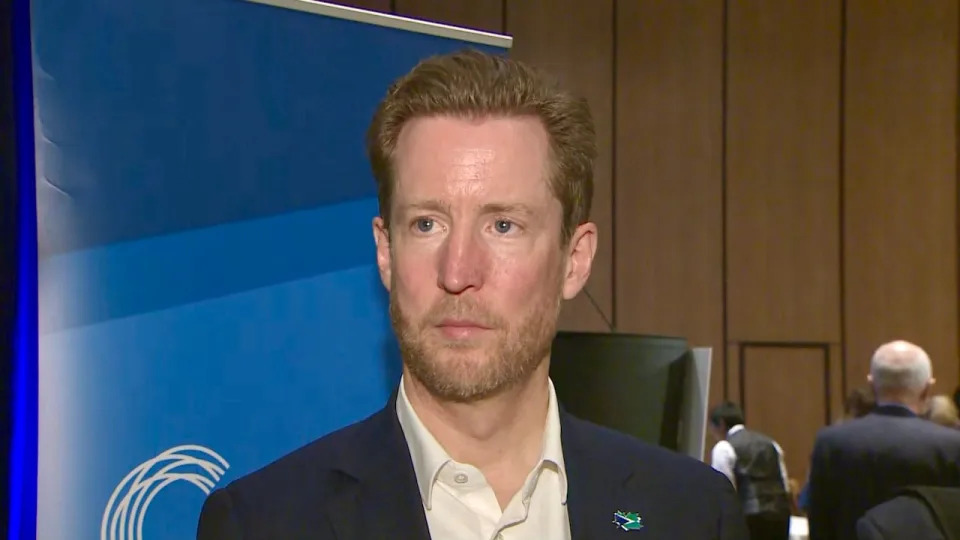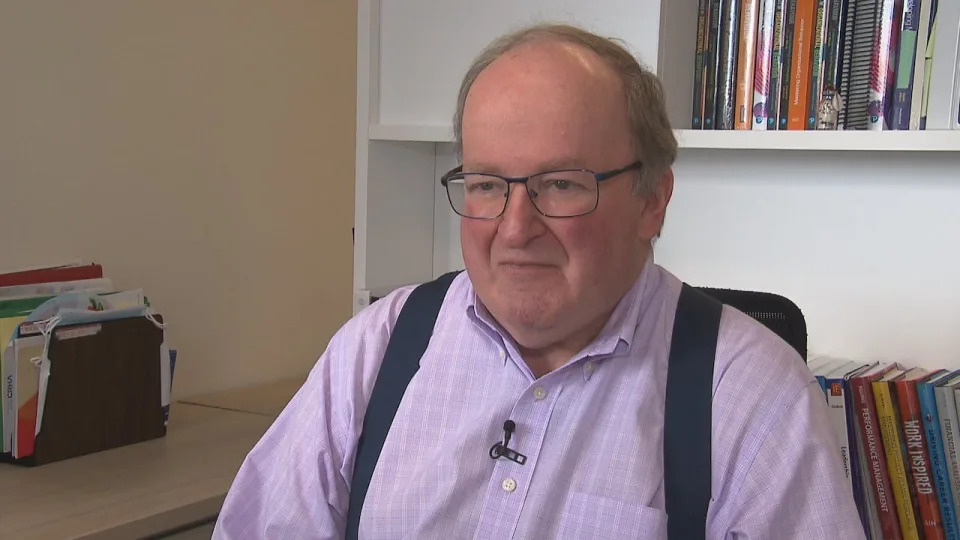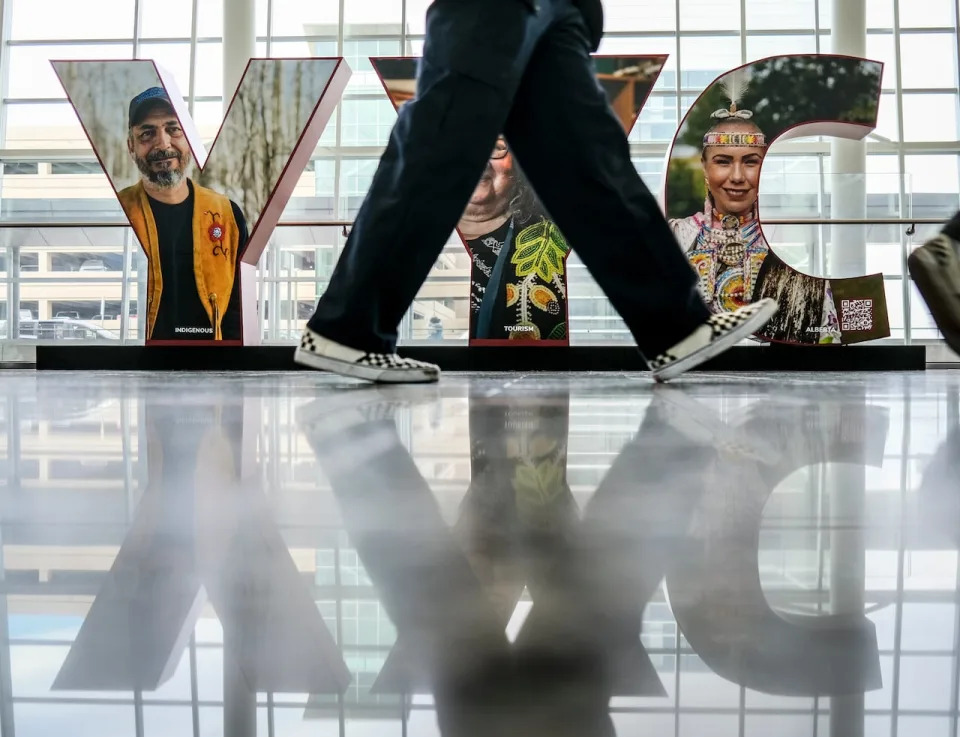Lewis Jackson and Renju Jose
Wed, May 29, 2024
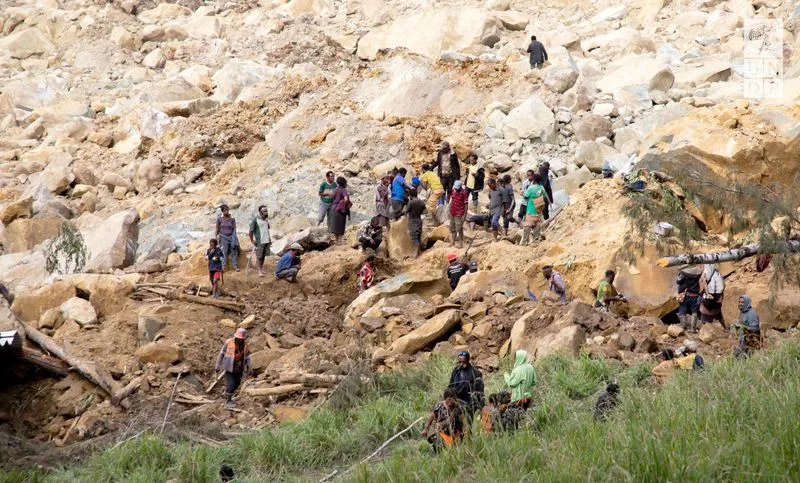
Aftermath of a landslide in Enga Province
SYDNEY (Reuters) - Papua New Guinea ruled out finding survivors under the rubble of a massive landslide on Thursday, with the exact number of dead under almost two storeys of debris and mud still unknown but ranging from hundreds to thousands.
Heavy equipment and aid have been slow to arrive because of the treacherous mountain terrain, a damaged bridge on the main road, and tribal unrest in the area.
"No bodies are expected to be alive under the debris at this point, so it's a full recovery operation to recover any human remains," Enga province disaster committee chairperson Sandis Tsaka told Reuters.
Officials are still trying to pinpoint how many people are buried under parts of a mountain which collapsed onto the Yambali village in the Enga region around 3 a.m. last Friday.
Without a current census – the last credible one was done in 2000 – officials are relying on incomplete voter records and checks with local leaders to reach an estimate on total deaths.
More than 2,000 people may have been buried alive, according to the PNG government. A U.N. estimate put the death toll at around 670, while a local businessman and former official told Reuters it was closer to 160.
Tsaka said the government was still unsure about the death toll though it would be a "significant number."
"It could be anywhere from hundreds to 2,000. I wouldn't totally rule 2,000 out because of the uncertainty about how many people were (there) at the time but I can't give you a definitive answer till we complete the social mapping," he said.
Of the six bodies recovered so far, two lived outside the disaster area, Tsaka said, reinforcing officials' view that there was lots of movement between communities.
Dozens of soldiers, engineers, geology experts and public health officials have reached the site, Tsaka said. Rescue teams are planning to use heavy machinery from Thursday, after unstable ground delayed its use earlier.
Thousands of residents are on alert for potential evacuation in case the landslide shifts further downhill.
"We are not even sleeping at night. We are afraid that more of the mountain will fall down and kill us all," 20-year-old resident Frida Yeahkal told Reuters.
EPIDEMIC DANGERS
The landslide has buried nearby creeks and streams and contaminated the village's primary water sources, posing a significant risk of disease outbreaks, the United Nations migration agency said in its latest update.
Most households lack alternative sources, such as rain catchment tanks, and there were no methods to treat water, further exacerbating drinking water shortages, it said.
The agency estimates about 1,650 people have been displaced, with one in five under the age of six.
"What will happen to the ones alive? I do not know where we will go for food and shelter. Our houses and gardens have all been destroyed," community leader Yuri Yapara told Reuters.
(Reporting by Renju Jose in Sydney; Editing by Michael Perry)
Fears rise of a second landslide and disease outbreak at site of Papua New Guinea disaster
Rod Mcguirk
Tue, May 28, 2024
MELBOURNE, Australia (AP) — Authorities fear a second landslide and a disease outbreak are looming at the scene of Papua New Guinea’s mass-casualty disaster because of water streams and bodies trapped beneath the tons of debris that swept over a village. Thousands are being told to prepare to evacuate, officials said Tuesday.
A mass of boulders, earth and splintered trees devastated Yambali in the South Pacific nation’s remote highlands when a limestone mountainside sheared away Friday. The blanket of debris has become more unstable with recent rain and streams trapped between the ground and rubble, said Serhan Aktoprak, chief of the International Organization for Migration’s mission in Papua New Guinea.
The U.N. agency has officials at the scene in Enga province helping shelter 1,600 displaced people. The agency estimates 670 villagers died, while Papua New Guinea’s government has told the United Nations it thinks more than 2,000 people were buried. Six bodies had been retrieved from the rubble by Tuesday.
“We are hearing suggestions that another landslide can happen and maybe 8,000 people need to be evacuated,” Aktoprak told The Associated Press.
“This is a major concern. The movement of the land, the debris, is causing a serious risk, and overall the total number of people that may be affected might be 6,000 or more,” he said. That includes villagers whose source of clean drinking water has been buried and subsistence farmers who lost their vegetable gardens.
“If this debris mass is not stopped, if it continues moving, it can gain speed and further wipe out other communities and villages further down” the mountain, Aktoprak said.
A U.N. statement later tallied the affected population at 7,849, including people who might need to be evacuated or relocated. The U.N. said 42% of those were children under 16.
Some villagers were evacuated on Tuesday, Enga provincial disaster committee chairperson and provincial administrator Sandis Tsaka told Radio New Zealand. The number was unclear.
As many people as possible would be evacuated on Wednesday, Tsaka said.
Relocating survivors to safer ground has been a priority for days and evacuation centers have been established on either side of the debris heap, which is up to 8 meters (26 feet) high and sprawling over an area the U.N. says is equivalent to three or four football fields.
Scenes of villagers digging with their bare hands through muddy debris in search of their relatives’ remains were also concerning.
“My biggest fear at the moment is corpses are decaying, ... water is flowing and this is going to pose serious health risks in relation to contagious diseases,” Aktoprak said.
Aktoprak’s agency raised those concerns at a disaster management virtual meeting of national and international responders Tuesday.
The warning comes as geotechnical experts and heavy earth-moving equipment are expected to reach the site soon.
The Papua New Guinea government on Sunday officially asked the United Nations for additional help and to coordinate contributions from individual nations.
An Australian disaster response team arrived Tuesday in Papua New Guinea, which is Australia’s nearest neighbor. The team includes a geohazard assessment team and drones to help map the site.
“Their role will be particularly helping perform geotechnical surveillance to establish the level of the landslip, the instability of the land there, obviously doing some work around identifying where bodies are,” said Murray Watt, Australia's minister for emergency management.
The Australian government has offered long-term logistical support for clearing debris, recovering bodies and supporting displaced people. The government announced an initial aid package of 2.5 million Australian dollars ($1.7 million).
Earth-moving equipment used by Papua New Guinea’s military was expected to arrive soon, after traveling from the city of Lae, 400 kilometers (250 miles) to the east, said Justine McMahon, country director of for humanitarian agency CARE International.
The landslide buried a 200-meter (650-foot) stretch of the province's main highway. But the highway had been cleared from Yambali to the provincial capital Wabag through to Lae, officials said Tuesday from Enga.
“One of the complicating factors was the destruction of parts of the road plus the instability of the ground, but they have some confidence that they can take in heavy equipment today,” McMahon said Tuesday.
An excavator donated by a local builder Sunday became the first piece of heavy earth-moving machinery brought in to help villagers who have been digging with shovels and farming tools to find bodies.
Heartbroken and frustrated Yambali resident Evit Kambu thanked those who were trying to find her missing relatives in the rubble.
“I have 18 of my family members buried under the debris and soil that I'm standing on,” she told Australian Broadcasting Corp. through an interpreter.
“But I can't retrieve the bodies, so I'm standing here helplessly,” she added.
Yambali couple John and Jacklyn Yandam spoke of being trapped in the rubble for eight hours on Friday morning before they were dug out by neighbors.
Large fallen boulders had formed a barrier that prevented the couple from being crushed in their house by tumbling rubble. But they would have remained trapped without their neighbors' help.
“We thank God for saving our lives at that moment,” the wife told Papua New Guinea's National Broadcasting Corp., referring to the mountainside collapsing at 3 a.m.
“We were certain that we were going to die, but the big rocks didn't crush us,” she added.
Australian Deputy Prime Minister Richard Marles said an Australian air force C-17 Globemaster, a four-engine transport jet capable of carrying 77 metric tons (85 U.S. tons) of cargo, was already bringing supplies from Australia to Papua New Guinea's capital, Port Moresby.
Two smaller Australian air force turboprop transport planes were already at Port Moresby, which is 600 kilometers (370 miles) southeast of the devastated village.
“There is more that we are seeking to do, but to be frank, part of the issue here is about not overwhelming a system which is currently under a lot of stress,” Marles told Parliament.
The smaller C-130 Hercules and C-27J Spartan transport planes are to fly supplies from the capital to Mount Hagen, the capital of Western Highlands province, from where the cargo would travel by road to neighboring Enga province.
That plan took a blow with news that a bridge between Mount Hagen and Wabag collapsed on Tuesday, officials said. The cause of the collapse was not explained, but it was unrelated to the landslide.
A detour would add two or three hours to the journey, the migrant agency said. Urgent efforts were underway to repair the bridge.
Papua New Guinea is a diverse, developing nation with 800 languages and 10 million people who are mostly subsistence farmers.
Rod Mcguirk, The Associated Press
